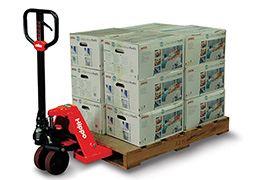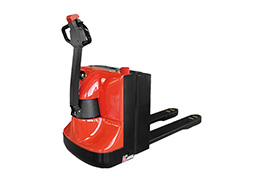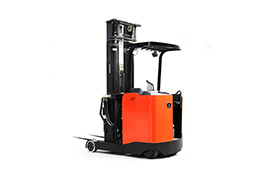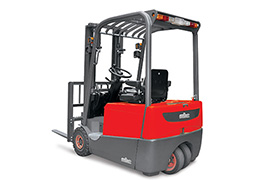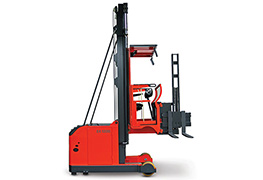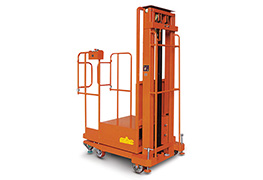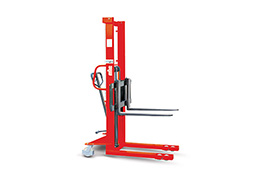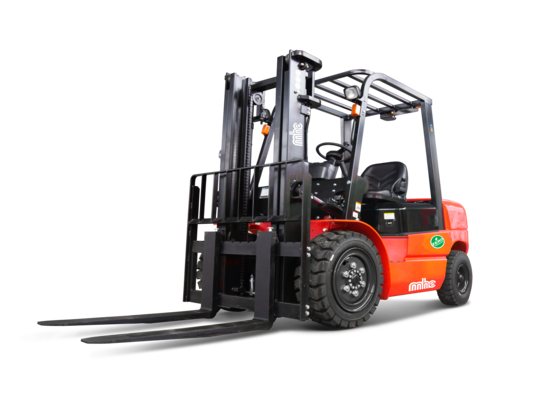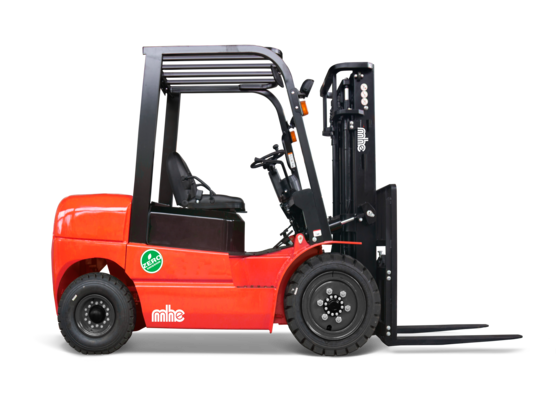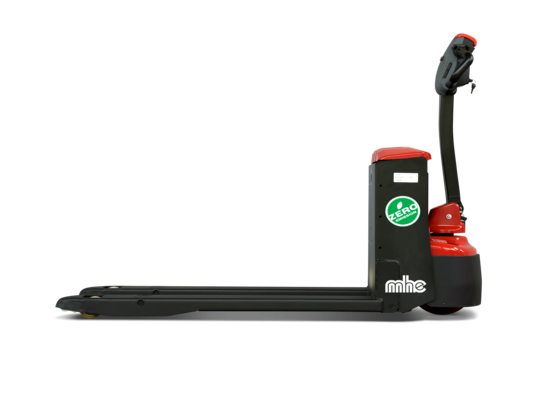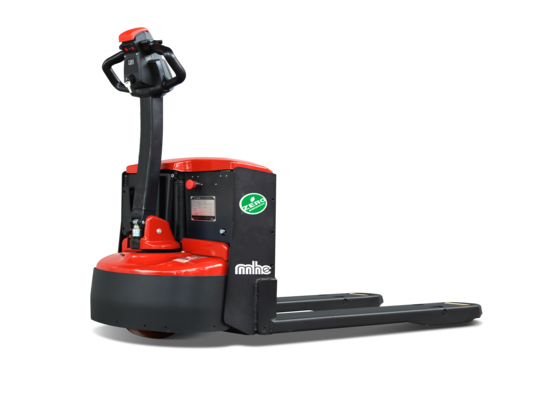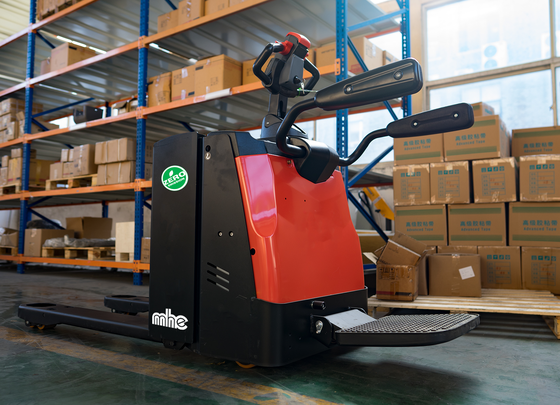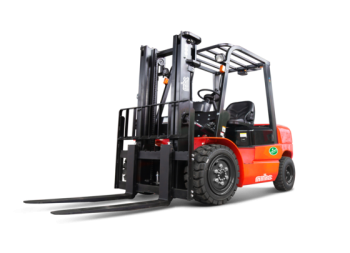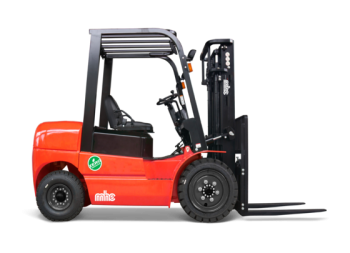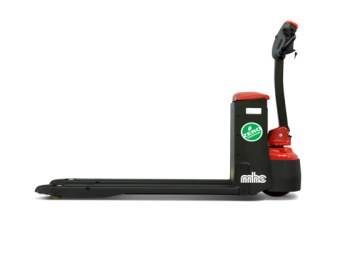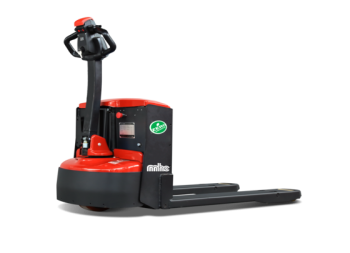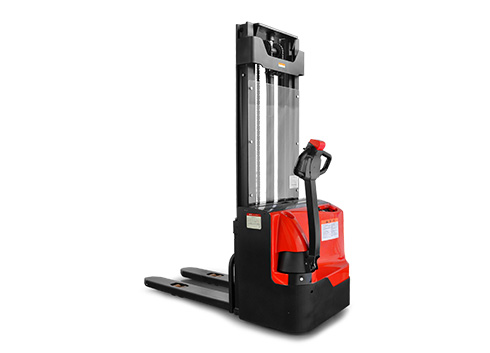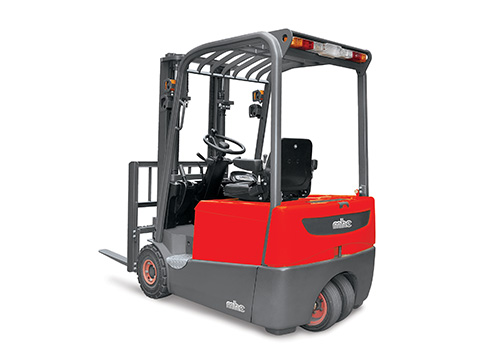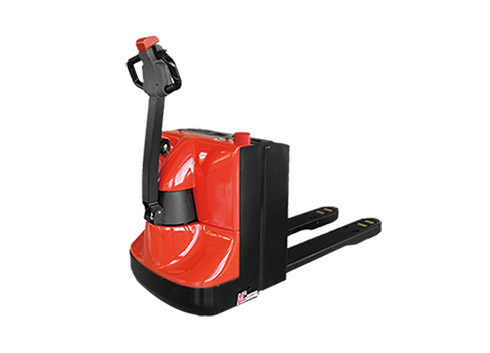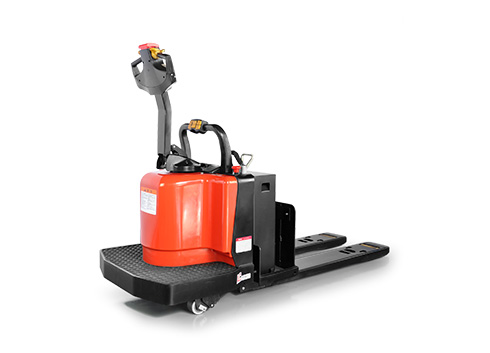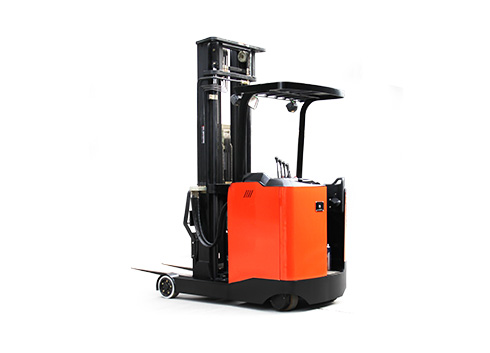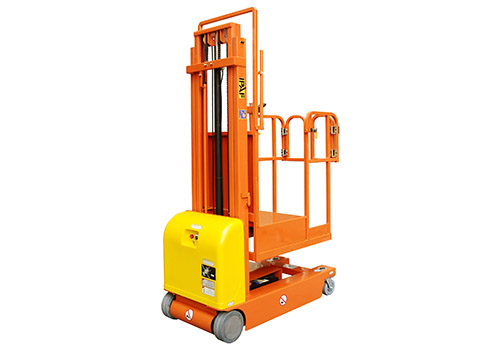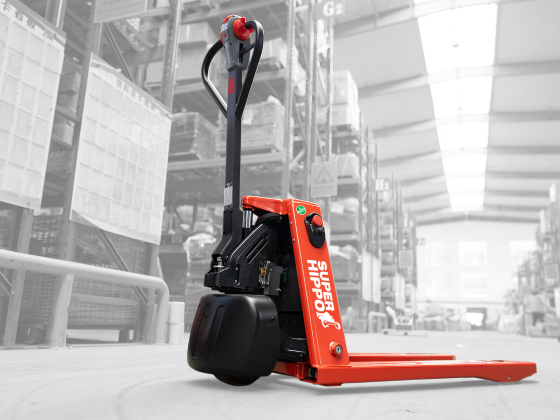Increase efficiency while lowering operational costs
Lithium Ion Lift Trucks
After extensive R&D and testing, MHE has introduced a range of Lift Trucks that will help users increase their efficiency while lowering operational costs. Industries such as Logistics / Warehousing, Oil & Gas, Automotive, Supermarkets / Shopping centres, E-commerce, Commercial buildings, Hospitals, Small-medium enterprises (SME) can greatly benefit from MHE Lithium-ion Lift Trucks. MHE’s Lithium-Ion range now includes the following:
- Lithium-Ion Electric Pallet Trucks
- Lithium-Ion Stackers
- Lithium-Ion Forklifts
- Lithium-Ion Reach Trucks
Lithium-Ion batteries are an advanced battery technology that has become synonymous with high productivity. It has been commonly used in consumer electronics for several years. Now, this technology has started making its way into industrial products.
While lead-acid batteries have been the primary power source of electric powered Lift Trucks for decades, Li-Ion technology brings with it amazing advancements that could not be achieved with lead-acid batteries. The following are some of the advantages of Li-Ion technology, which in turn make these Lift Trucks far more superior.
- Weight: Li-ion batteries are one-third the weight of lead-acid batteries. Lighter trucks mean less power consumption. In certain cases, smaller drive motors can be used.
- Efficiency: Li-ion batteries are nearly 100% efficient in both charge and discharge, allowing for the same amp hours both in and out. Lead-acid batteries’ inefficiency leads to a loss of 15 amps while charging and rapid discharging drops voltage quickly and reduces the batteries’ capacity.
- Discharge: Li-Ion batteries can be discharged close to 100% versus less than 80% for lead-acid batteries. In fact, it is not recommended to have more than 50% depth of discharge on lead-acid batteries, to avoid premature system degradation. As a result, lift trucks on Li-Ion technology can run longer on a single charge if the same battery capacity is used.
- Voltage: Lithium-Ion batteries maintain their voltage throughout the entire discharge cycle. This allows for greater and longer-lasting efficiency of electrical components. Lead-acid voltage drops consistently throughout the discharge cycle.
- Cycle Life: Lithium-ion batteries can be recharged 5000 cycles or more compared to just 800-900 cycles in lead-acid. Cycle life is greatly affected by higher levels of discharge in lead-acid, versus only slightly affected in lithium-ion batteries.
- Maintenance: Lead-acid batteries require a regular top-up of battery water, whereas there is no maintenance required for lithium-ion batteries.
- Running Cost: Longer life span (cycle life), higher efficiency, and zero maintenance make the running costs of Li-Ion trucks significantly lower than lift trucks using lead-acid batteries.
- Faster charging: Lithium-ion batteries take 1/3 the time to charge compared to lead-acid batteries.
- Opportunity Charging: Lithium-ion batteries can be charged any time and even for short periods, as they do not have a memory effect. This means it can be charged during breaks or when not used, which will allow the lift truck to be always ready for action.
- Spare batteries: With faster charging time and opportunity charging, most users no longer need spare batteries. This reduces time wastage, eliminates the need for space & equipment to perform battery changeovers and saves the cost of spare batteries.
- Charging station: Lead-acid batteries require a dedicated and well-ventilated area for charging. Lithium-ion batteries can be charged almost anywhere.

